We may earn money or products from the companies mentioned in this post. This means if you click on the link and purchase the item, I will receive a small commission at no extra cost to you ... you're just helping re-supply our family's travel fund.
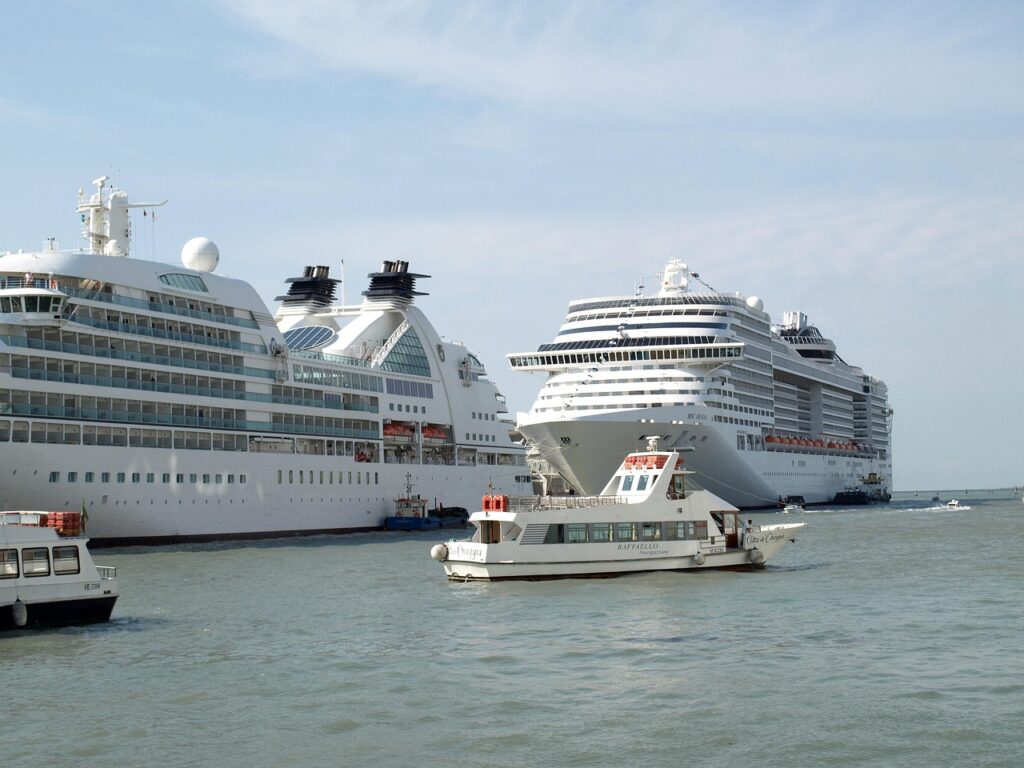
Planning a cruise? You might assume packing is just about swimsuits, sunscreen and a novel or two. But cruise lines have tightened rules recently and not just for obvious things like weapons or illegal drugs. Everyday objects you take for granted may be confiscated or banned entirely. What this really means is you’ve got to think twice about what goes into your bags. Missed the memo? No worries. Here are 12 items cruise lines no longer allow onboard, plus what you should pack instead.
1. Power strips, multi-plug outlets, surge protectors
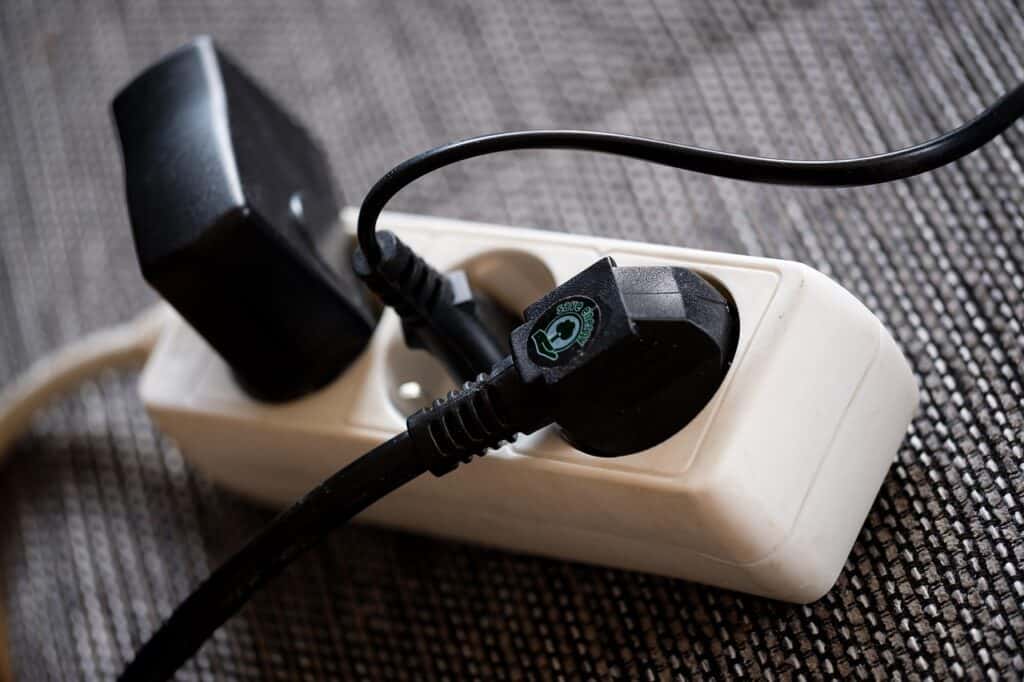
Many cruise lines have banned power strips with surge protection and multi-plug outlets entirely. These devices pose fire risks and overload circuits. Policies now specify that even extension cords may be forbidden or strictly limited. It’s especially relevant if you travel with several gadgets phones, laptops, CPAP machines, etc. Some cruisers found that what was acceptable last year is now confiscated at embarkation.What to pack instead: A compact USB/USB-C charging hub with one AC outlet maximum, no surge protector. Alternately, bring single chargers and plan charging schedules so your devices don’t compete for limited outlets.
2. Items with heating elements or open flames
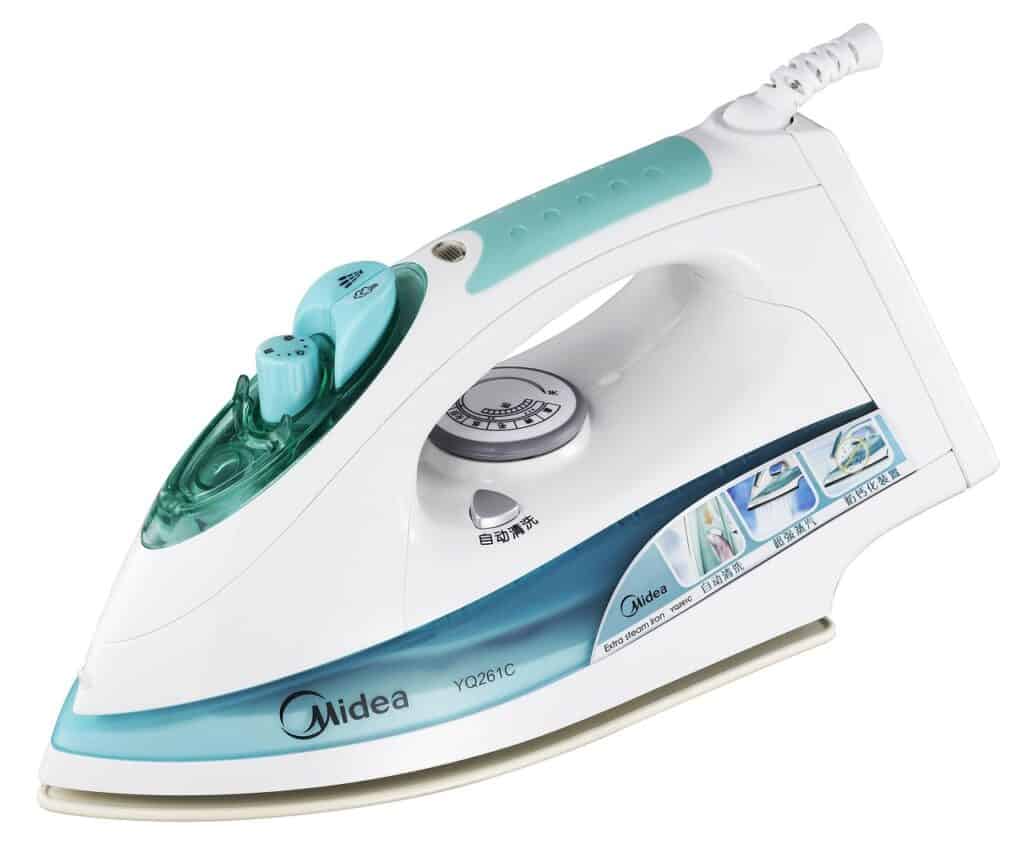
Cruise lines are strict about anything that generates heat or flame. That means irons, clothes steamers, hot plates, electric kettles, candles, incense all typically banned. Even novelty lighters or propane camping gear often don’t make it past security. The reason is simple: fire risk in enclosed, marine environments is serious. What to pack instead: Bring wrinkle-release spray and pack clothes that travel well (poly blends, wrinkle-resistant fabrics). Use the ship’s laundry or ironing service if needed. For candles scent, consider sachets or plug-in air fresheners that are allowed.
3. Large Bluetooth speakers and noisy audio gear
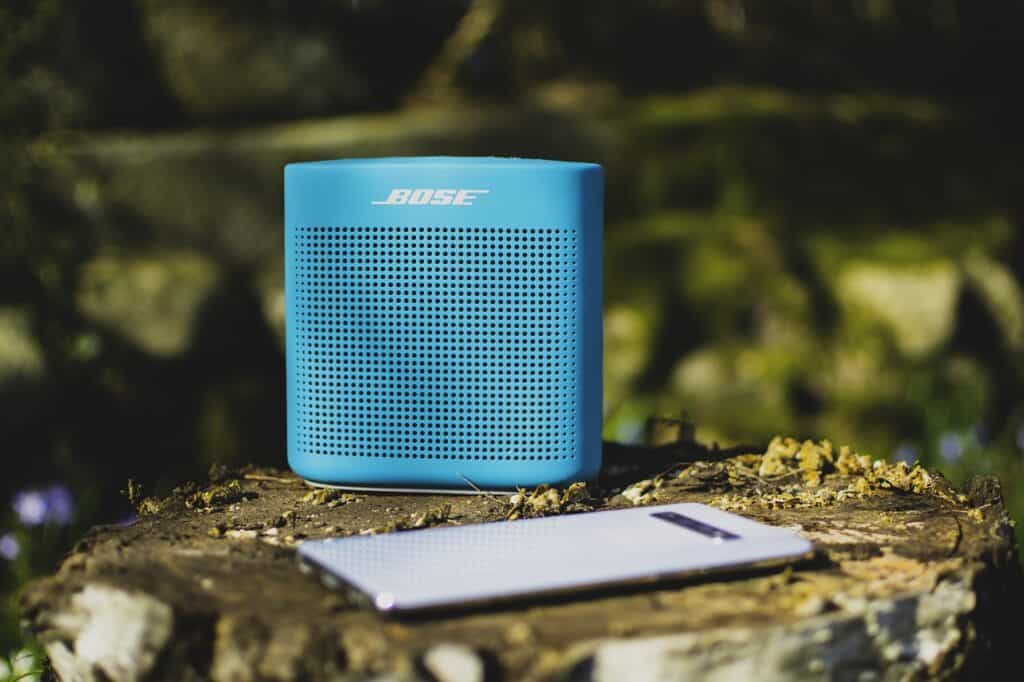
Lately cruise lines have cracked down on noise issues especially from large Bluetooth speakers and amplified sound devices. The concern is disturbance: other guests, public announcements, safety. Some ships ban speakers outright; others allow small ones but confiscate if the device becomes a nuisance.What to pack instead: Use high-quality headphones for private listening. If you want ambient music, small pocket speakers with volume control and consideration for neighbours are safer but always check the line’s rules first.
4. Illegal drugs, CBD products, and certain controlled substances

Even if something is legal where you live, it may not be allowed on a cruise ship. CBD oils, medical marijuana, designer drugs or any illegal substance are widely banned because ships cross into jurisdictions where laws differ. Violations can result in confiscation, fines, or worse.What to pack instead: Bring prescriptions in original containers with your name and dosage clearly labelled. If using CBD or similar, check that it is legal in all ports you’ll visit and with the cruise line better yet, leave it behind.
5. Sharp objects, weapons, and certain sporting gear
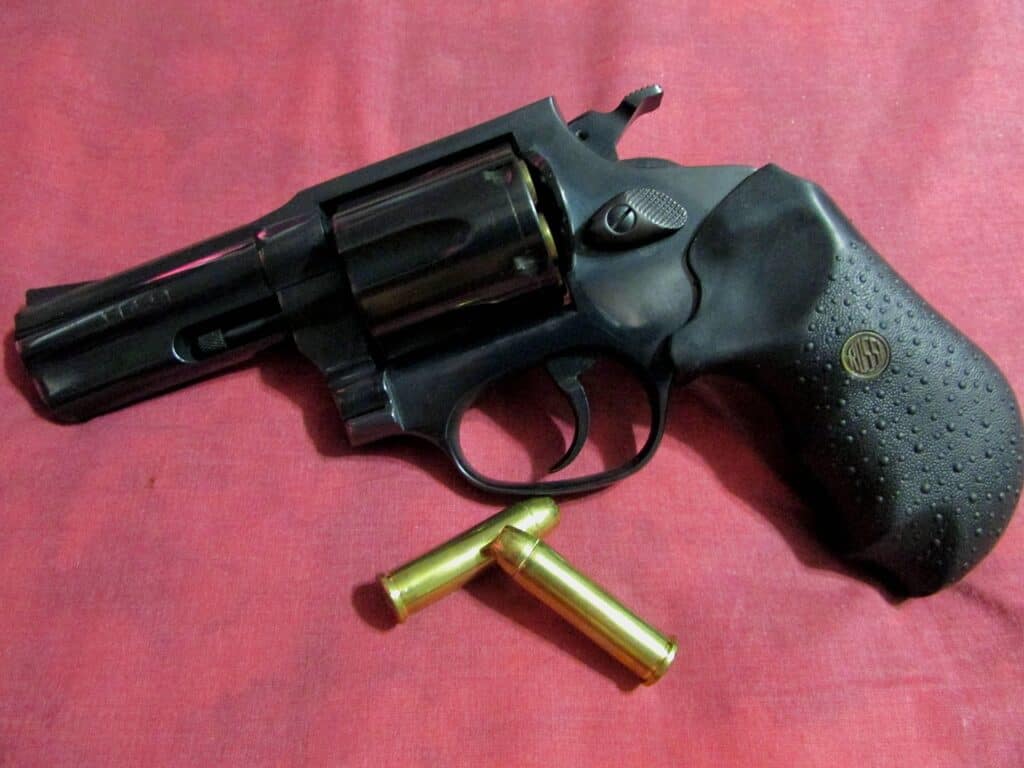
Cruise policies typically ban firearms, ammunition, realistic replicas, knives with long blades, throwing stars, or self-defense items. Some sporting gear is allowed but must be stored safely, not used in public areas. Even small scissors are regulated. What to pack instead: Grooming tools with blade lengths under permitted limits (check your line), choose nail files or small scissors. If carrying sporting gear for shore activities (e.g. dive knife), confirm storage rules in advance.
6. Hoverboards, Segways, electric scooters
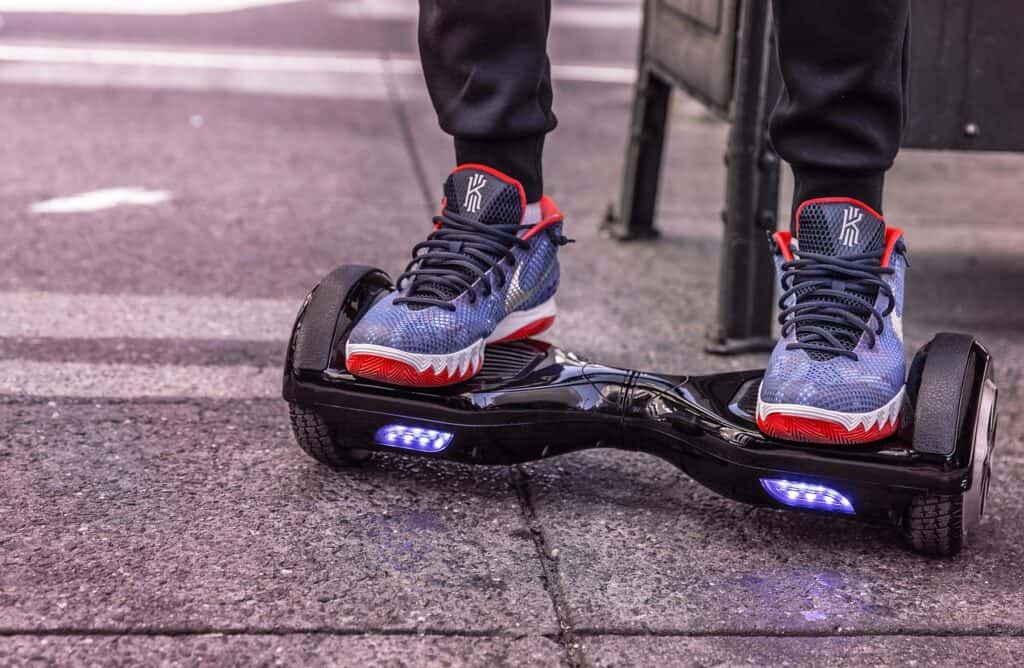
Items with large lithium batteries or that pose stability and safety issues are banned on many ships. Cruise lines cite battery fire risk and space constraints. Even if allowed in port, such devices usually can’t be used aboard.What to pack instead: Leave bulky electric mobility aids behind unless required. For city or port use consider renting gear locally. If battery-powered, ensure it meets airline and cruise-line battery safety rules.
7. Aerosol disinfectant sprays and flammable toiletries

Stuff like aerosol Lysol or strong disinfectant sprays often violate policies around volatile chemicals. Also banned are flammable toiletry items like certain hairsprays or alcohol-heavy colognes if they exceed allowed limits.What to pack instead: Use disinfectant wipes, non-aerosol pump sprays, or small travel-size liquids in sealed bottles. For scent, solid perfumes or roll-ons are often safer.
8. Fresh or homemade food, large amounts of food or beverages

Customs, hygiene, and spoilage issues are why fresh/homemade food is often restricted. Some cruise lines even prohibit passengers bringing onboard non-commercial food and beverages. Alcohol limits are common. Must be declared in some cases.What to pack instead: Stick to shelf-stable snacks in sealed packaging. Plan to enjoy local food ashore or rely on the ship’s dining. If you bring wine or spirits bought in port, declare them and understand when and how they can be consumed or stored.
9. Pets / Animals (non-service)

Except for certified service animals, cruise lines generally do not allow pets onboard for reasons including allergies, health, quarantine laws, and the difficulty of caring for animals at sea.What to pack instead: If you have a service animal, carry proper documentation in advance. For emotional support animals, check with your cruise line well before booking. Otherwise, plan pet care at home while you travel.
10. Flammable chemicals, bleach, gases, explosives
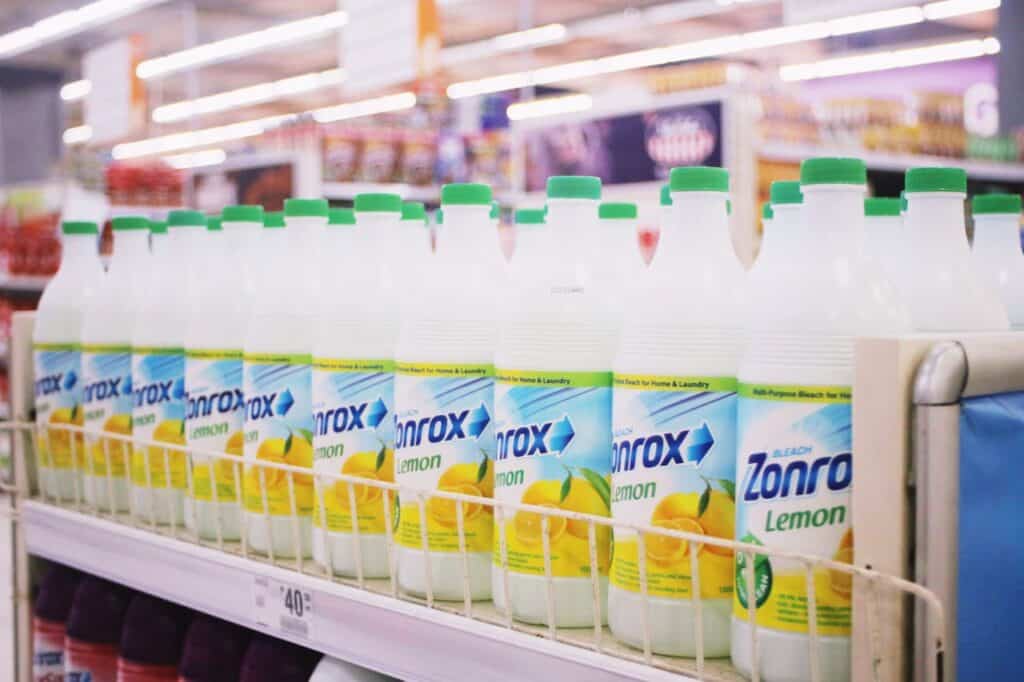
Bleach, chlorine, compressed gas cylinders, fire-work flares, explosive devices are banned. Safety regulations are strict. Even “harmless” flammable cleaning agents sometimes get flagged.What to pack instead: Bring mild, travel-safe cleaning supplies. Use alcohol wipes and pre-moistened sanitizing items rather than strong liquid chemicals. If medical equipment requires gas-based supplies, arrange with the cruise line ahead of time.
11. Non-approved power cords, electrical transformers
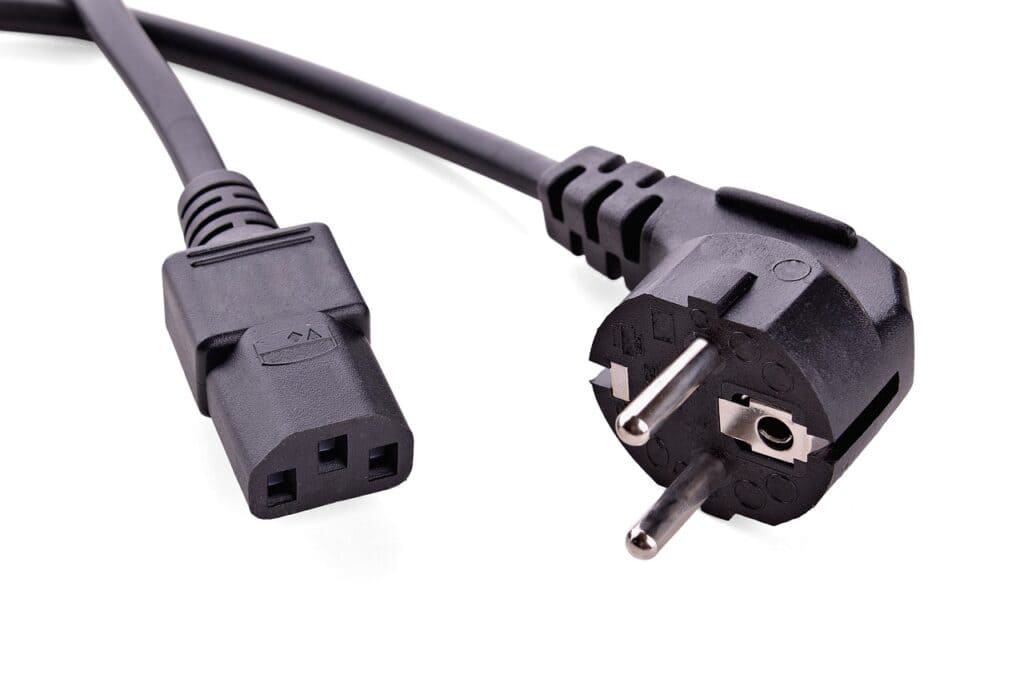
Cruise ships have limited power capacity and specific voltage and safety ratings. Non-approved transformers or overly long cords, surge protected cables, etc., may be banned. Lines often mention “electrical transformers” in prohibited-item lists.What to pack instead: Use travel adapters built for marine or hotel use, check voltage compatibility. Short cords. One transformer (if absolutely needed) that’s certified. Alternatively, plan to use the cabin’s provided outlets.
12. Decorations or items that violate ship policy or cultural sensitivities

Sometimes it’s less obvious things: decorations (like certain symbols), items that might be offensive or misinterpreted, or even decorations for cabins that violate safety (over-door curtains, etc.). These are less standard but enforced on many cruises.What to pack instead: Keep décor simple. If decorating for a party or special event, check with the cruise line. Use non-adhesive or removable items. Stick to neutral or widely acceptable themes.